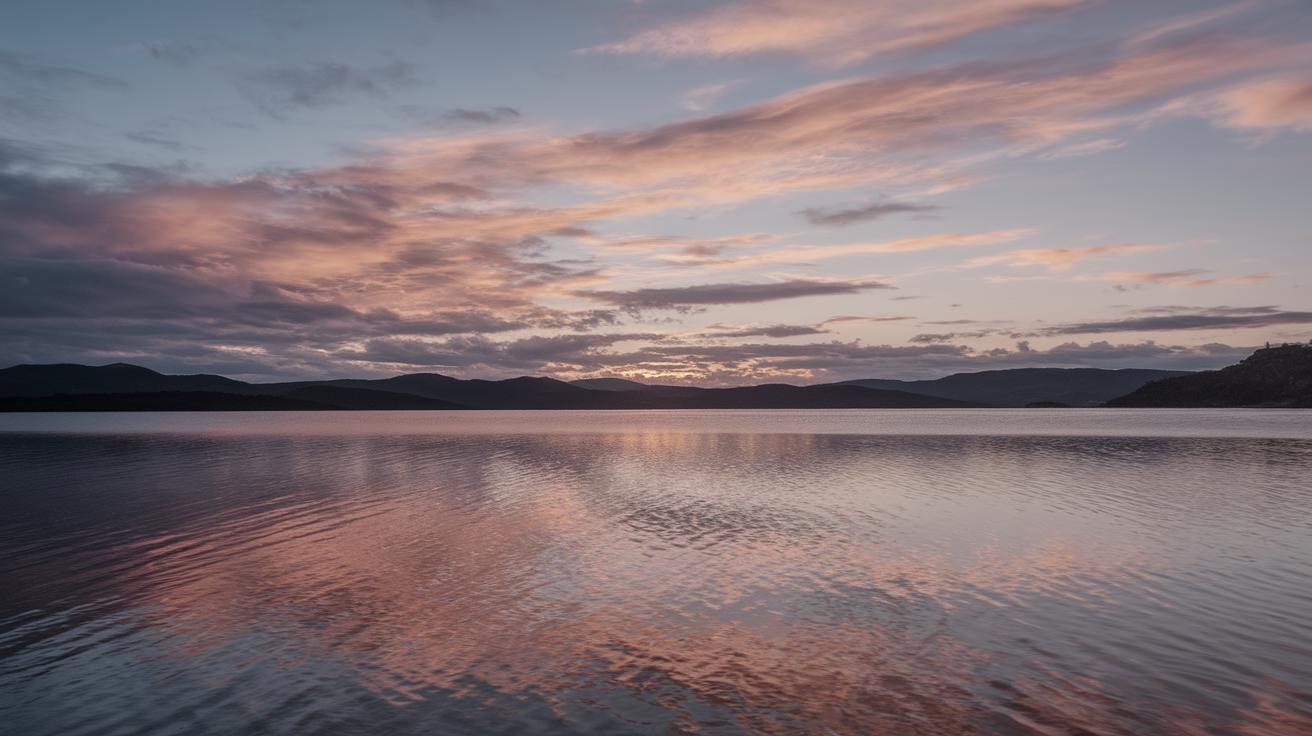How to Capture Reflections and Symmetry in Photos
Photography is an art form that allows us to capture the world’s beauty in unique and creative ways. One captivating technique is capturing reflections and symmetry in photos. This approach not only highlights the elegance of symmetry but also provides a mirror-like depth to the images. In this blog post, we’ll delve into practical tips for capturing reflections, starting with finding the right locations and extending to post-processing techniques. We’ll also discuss what equipment is essential, the appropriate camera settings, and on-location tips. By the end of this article, you’ll be equipped to create stunning, reflective images that tell profound visual stories.
Taking Good Reflection Photos is Both Challenging and Rewarding
Capturing reflections in photography brings a level of complexity that challenges both novice and professional photographers. The process demands an understanding of light, angles, and timing to seize the desired effect effectively. It’s much like an intricate puzzle where each element needs to be perfectly aligned for the full picture to come together.
However, the rewards of mastering reflection photography are numerous. When done right, reflected images can evoke emotions, provoke thoughts, and demonstrate a remarkable mastery of photographic techniques. This sense of achievement elevates not just the quality of the images but also the photographer’s skills and confidence in tackling similarly complex subjects in the future.
Find Still Water
One of the best natural reflectors is still water, such as lakes, ponds, or even puddles after a fresh rainfall. The trick to capturing stunning water reflections lies in identifying locations where the water surface remains undisturbed. The early morning or late evening provides the best conditions, as the wind is often calmer, producing an ideal reflective surface.
When scouting locations, parks, secluded beaches, or urban settings with fountains are excellent considerations. It’s important to keep in mind the backdrop and subject you wish to capture, as the reflection needs an interesting and engaging element either above or across the water. Choose scenes that naturally lend themselves to symmetry, such as bridges, trees, or architectural structures, to maximize the impact of your photography.
Equipment Considerations
While a good camera can make a difference, capturing reflections and symmetry doesn’t require the latest equipment. A reliable DSLR or mirrorless camera with a versatile lens can work wonders. A wide-angle lens is particularly beneficial when aiming to capture larger scenes with prominent reflections and encouraged symmetry.
Other critical gear includes a sturdy tripod to maintain stability, especially in low-light conditions. A polarizing filter can also be invaluable in managing glare and refining reflections. By fine-tuning the angle of the filter, you can control the intensity and transparency of the reflection, adding another layer of depth and intrigue to your photographs.
Camera Settings
The key to capturing perfect reflections lies in adeptly configuring your camera settings. Opt for a smaller aperture (higher f-stop number) to ensure an extended depth of field which keeps more of your scene in sharp focus. The use of aperture priority mode can facilitate this, allowing you to control the depth of field while the camera automatically adjusts the shutter speed.
Exposure plays a crucial role in reflection photography. Correctly exposing the scene ensures details in the reflection are visible and not overshadowed by the highlights. Adjust the ISO settings based on the available light, keeping it as low as possible to reduce noise and preserve the image’s integrity and vibrancy.
On-Location Tips and Considerations
An essential on-location tip is to experiment with different angles. The perspective from which you shoot will dramatically influence the final outcome. A lower vantage point typically enhances the reflection’s presence within the frame, mitigating potential distractions from surrounding foreground elements.
Timing is everything in reflection photography. The golden hours around sunrise and sunset often yield the best lighting conditions, providing soft, diffused light that beautifully complements reflections. Additionally, patience is your ally. Waiting for the right moment when the water is still and the lighting ideal can transform a good photograph into a great one.
Post-Processing Tips
Once you have captured your images, post-processing serves as the finishing touch to achieve stunning symmetry and enhanced reflections. Editing software like Adobe Lightroom or Photoshop can enhance contrast, adjust exposure levels, and highlight or soften certain elements. These adjustments ensure the reflection aligns harmoniously with the overall composition.
Consider using cropping tools to perfect the symmetry in your photos. By carefully adjusting the frame, you can eliminate distractions and concentrate the viewer’s attention on the desired elements. This not only emphasizes the reflection but also accentuates the symmetry, refining your image into a polished piece of art.
Related Articles
For more on photography techniques, consider exploring similar topics that enhance your understanding and skillset in capturing reflections and symmetry. Articles on long exposure photography, compositional techniques, and lighting setups can provide further insights into creating beautiful, thought-provoking imagery.
| Section | Content Summary |
|---|---|
| Taking Good Reflection Photos | The intricacies of capturing reflections and the personal reward and mastery they offer. |
| Find Still Water | Utilizing natural water bodies for reflective photographs, with tips on timing and location. |
| Equipment Considerations | Essential gear for reflection photography, including cameras, lenses, and filters. |
| Camera Settings | Optimal camera configurations to enhance depth of field and exposure. |
| On-Location Tips | Strategies for finding the right angles and the best times to shoot. |
| Post-Processing Tips | Editing techniques to enhance and refine reflective images. |
| Related Articles | Additional resources for further enhancing photographic skills. |


